Arkitekten reseña 10 Historias sobre Vivienda Colectiva
January 08, 2014

El número de diciembre de la revista danesa Arkitekten reseña el último libro de a+t research group, 10 Historias sobre Vivienda Colectiva.
Según la revista, el libro es "un importante testimonio de cómo nuestra concepción de la buena vida es el fundamento de la arquitectura y cómo ésta, a su vez, crea posibilidades y limitaciones para que la vida se desarrolle".
Extracto de la reseña en inglés:
"The book portrays 10 European housing projects from the 20th century, and does it extremely carefully. The book is 496 pages long, and each project is granted up to 60 pages, as is the case with Chamberlin, Powell & Bons Barbican Complex in London (1955-83). Each presentation is divided into several chapters, where project is investigated and described from different angles such as the urban context, which social issues the project addresses and how, what notions of community that formed the basis for the design etc. This is all complemented by new and old photos of the projects, portraits of the involved architects and planners, references to prior and contemporaneous projects and wider trends and how the projects, the ideas behind and the experience of them have left their mark on posterity with accompanying examples of newer buildings.
The projects are, as the authors themselves point out results of a practice which rather than promoting the architect to the public, focuses on promoting the public’s needs through architecture. In order to understand and explain the qualities making these buildings to stand out, they are all illustrated with a number of newly issued plans, sections and elevations complemented by diagrams of access roads, spaces, circulation and whatever else might be relevant in each case. It is a very thorough investigation going far beyond merely describing what it is we are looking at, but always asking why and how. Per and Mozas seek answers to these questions by going to the heart of the architects' work – the conditions and the specific design – to get closer to an understanding of what has been at stake. It is a study of architecture on terms of architecture.
In an interview in The Danish Architectural Press’ new magazine Twentyfirst, the American sociologist Richard Sennett asks, how to distinguish between architecture’s aesthetic and social program. The short answer, as Per, Mozas and Ollero provide in this book is that it is not possible – they are so closely connected and interdependent that it can only be understood in its context.
There is a close relationship between our social and physical world and 10 Stories of Collective Housing is an important testimony of how our conceptions of the good life is foundational for architecture and in turn how architecture creates possibilities and limitations for life to unfold. A perfect Christmas present for the progressive design studio’s employees".
RELACIONADOS
|
|
|


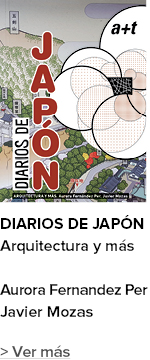





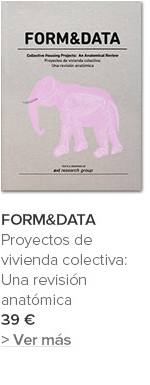
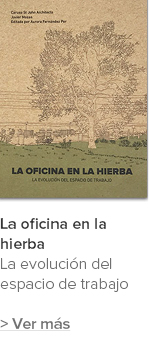

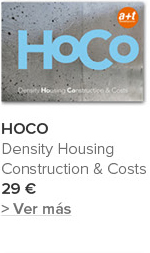



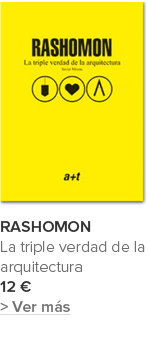










 He leído y acepto las
He leído y acepto las 


